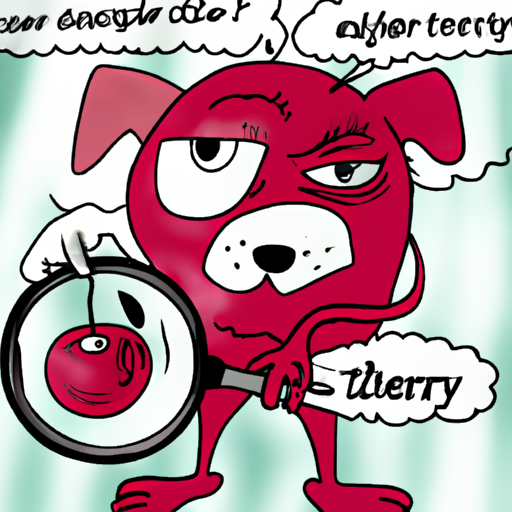Understanding the Eye of Your Beloved Pet
You might often gaze into your dog’s eyes, marveling at their depth of emotion and the bond shared between you two. But have you ever taken a moment to understand the anatomy of a dog’s eye?
Dogs possess a third eyelid, or nictitating membrane, a thin, protective layer that shields the eye and distributes tear film. In some cases, the gland attached to this third eyelid can prolapse, or slip out of place, resulting in a condition known as “cherry eye”.
Unraveling the Mystery: How Do Dogs Get Cherry Eye?
Now that you’re acutely aware of the third eyelid, you may be wondering, how do dogs get cherry eye? The exact cause of the cherry eye is yet unknown. However, it is believed to be due to a weakness in the connective tissue that holds the gland in place. It may occur due to genetic factors, trauma or inflammation.
Remember, cherry eye is not a life-threatening condition, but it may cause discomfort and potential damage if left untreated.
Recognizing the Symptoms
An early diagnosis can save your furry friend from unnecessary discomfort and potential complications. Here are the most common symptoms of cherry eye in dogs:
- A red, swollen mass in the corner of the eye
- Excessive tearing or discharge
- Pawing at the eye
- Swelling or redness of the eye
The Path to Recovery: Treatment Options
If you suspect your dog has cherry eye, consult with a trusted veterinarian immediately. The treatment options typically include:
-
Non-Surgical Methods: These involve massaging the gland back into place and administering anti-inflammatory medication. However, these are usually temporary solutions.
-
Surgical Methods: This involves repositioning the gland or removing it entirely. Keep in mind, removing the gland can lead to dry eye syndrome, so it’s usually the last resort.
For the Vigilant Caregiver: Preventive Measures
While you can’t control genetic predispositions, you can certainly take preventive steps to avoid trauma or inflammation that could potentially cause cherry eye:
- Regularly check your dog’s eyes for any signs of redness or swelling.
- Avoid rough play that could lead to eye trauma.
- Ensure your dog is getting a balanced diet to boost their overall health and immunity.
Frequently Asked Questions
Q: Does cherry eye hurt my dog?
A: While cherry eye does not cause pain, it can lead to discomfort due to dryness or irritation.
Q: Can cherry eye go away on its own?
A: Sometimes cherry eye may resolve on its own, but it’s essential to consult a vet to prevent potential complications.
Q: Is cherry eye contagious?
A: No, cherry eye is not contagious.
Remember, as a caregiver, your vigilance can make a world of difference to your furry friend’s health and happiness. Always keep an eye out for any changes, and consult with a vet at the earliest signs of discomfort.



